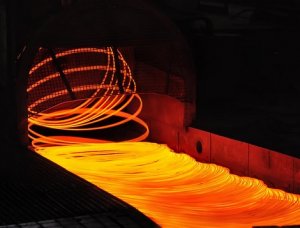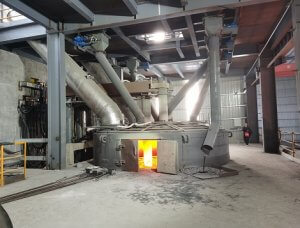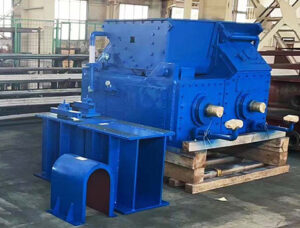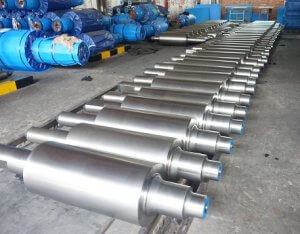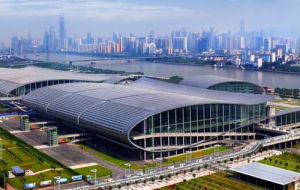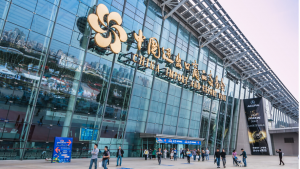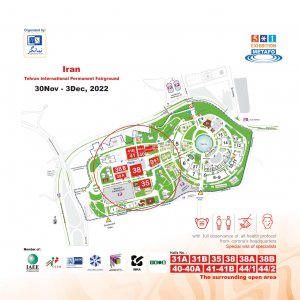Products
Exhibition
Industry News
Finishing Rolling Mill Process Explanation
Author : hani Time : 2020/03/13Finishing Rolling Mill Process Explanation
Maintaining product consistency and quality in the manufacturing process is a widespread concern as a result of increasing competition in the world markets. Hot steel rolling is one of the most important steel manufacturing processes. Hot rolling is the first metal shaping process after the slab has been cast, in flat products such as plate, strip, and sheet. The final shaping stage of a hot rolling steel strip is normally performed on a tandem mill known as a finishing mil.
Hot Strip Mill Group consists of two to six finishing mill stands, which reduce the thickness of the transfer bar to meet the customer demanded standard-sized or the next process. The rolling speed is needed to set at a suitable speed, which allows the last stand to perform the final reduction at the finishing temperature between 1500° and 1650°F, to reach certain mechanical properties.
After all this processing of the rolling mill through the finishing mill machine, the steel has been rolled into a flat bar nearly 200 feet. However, in contrast to the roughing mills, the way of the finishing mills roll the transfer bar in tandem, meaning each bar would be rolled through all six stands at once. And the hot steel is quite fragile when it is rolled and drew between the finishing mill stands. So it must be carefully controlled at very low levels for the sake of avoiding stretch or tear the strip.
Before the finish rolling mill processing, the head- and tail-ends of the transfer bar will be sheared for squaring them up, helping to ensure proper threading and tail-out. The final two-stage descaling operation is clean off the scale that has grown on the bar during roughing.
Once the bar is threaded between each successive pair of mills, a free-turning roll on an electro-mechanical pivot called a looper roll engages the bottom of the strip to monitor the tension between the stands.
It is necessary to make adjustments to ensure the strip threads properly get through each of the finishing mills without looping up and folding over or stretching and tearing apart. The position of each rolling mill is fed back to the finishing mill’s sophisticated automation system, which along with information from the load cells that monitor rolling force and from the X-ray instrument measuring final strip thickness, working to smoothly adjust the roll gaps and speeds in order to maintain the stable rolling of the strip to the necessary thickness in spite of the temperature variations present in every bar.


